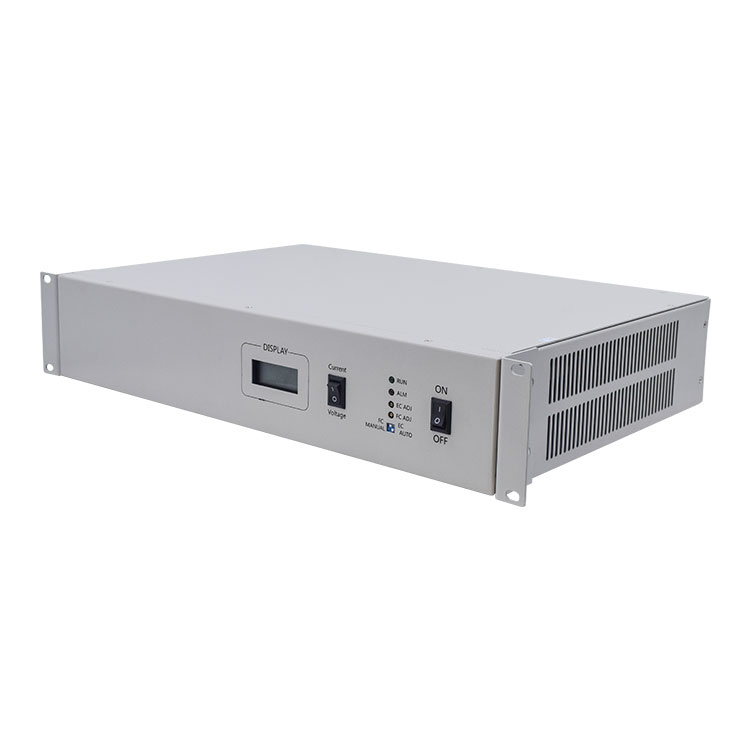News
Exploring the Direct Current Power Transformer Industry: Trends, Choices, and Yucoo’s Innovation
Click: 555 Date: 12/12/2023 2::12::11 PM
Exploring the Direct Current Power Transformer Industry: Trends, Choices, and Yucoo's Innovation
Understanding the Direct Current Power Transformer Industry
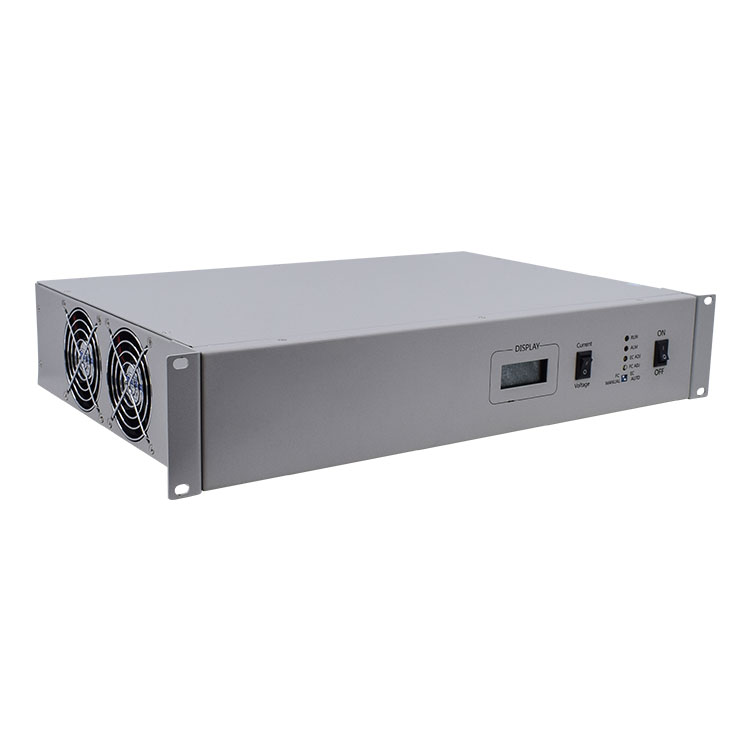
The direct current power transformer industry is a crucial component of the power sector, responsible for converting direct current (DC) to alternating current (AC) and vice versa. This process is vital for power distribution and storage, making it a key player in the energy industry.
Direct current power transformers have a high magnetic conductivity, which means that even very small direct currents in the electric power grid can cause half-cycle saturation of the transformer core. This can lead to a significant increase in noise levels, high reactive power consumption, and a substantial rise in no-load loss. In the case of strong direct currents, the higher harmonic stray flux can cause additional losses in metallic parts that can harm the transformer.
The impact of direct current on transformers has led to the development of active compensation systems. These systems use controlled injection of DC counter ampere turns to compensate for DC magnetization, making the transformer insensitive to direct currents. This technology is particularly useful for transformers with low general levels of noise.
In addition to the effects of direct current on transformers, the industry also deals with the influence of geomagnetically induced currents (GIC) on three-phase power transformers. GIC can cause harmonic distortion in transformers, which can lead to increased noise levels and reactive power consumption.
The direct current power transformer industry is also involved in the development of large power transformers (LPTs) and high-voltage direct current (HVDC) transmission. These components are critical to the power grid's expansion to meet multiple objectives, including decarbonization goals.
In conclusion, the direct current power transformer industry plays a vital role in the power sector. It is responsible for the conversion of direct current to alternating current and vice versa, which is crucial for power distribution and storage. The industry is also at the forefront of technological advancements aimed at reducing the impact of direct current on transformers and developing solutions for the integration of renewable energy resources into the power grid.
Trends in the Direct Current Power Transformer Industry
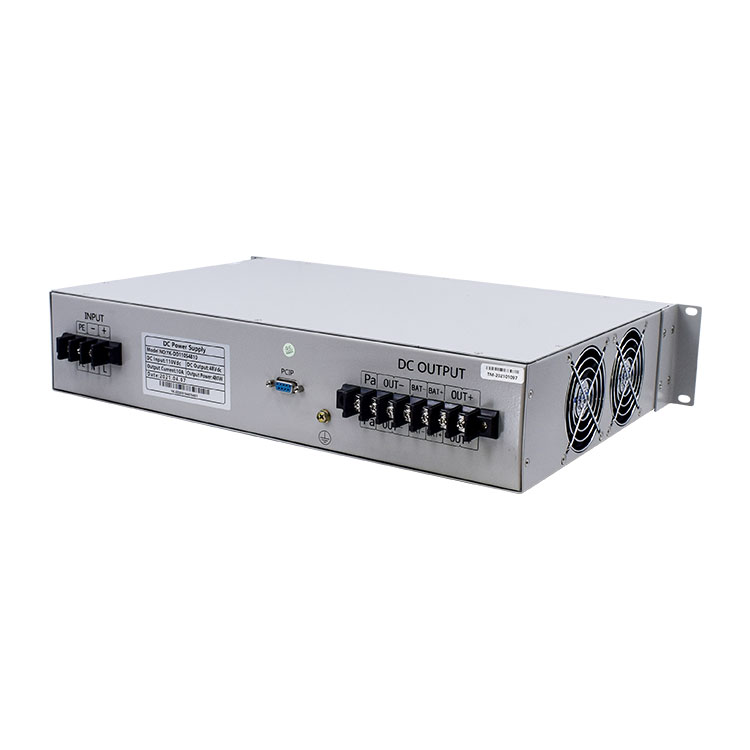
The direct current power transformer industry is continually evolving with advancements in technology. The demand for more efficient and reliable power transformers is on the rise, leading to the development of new technologies and designs. For instance, some transformers are now designed to be less sensitive to direct current, reducing noise levels and reactive power consumption.
According to a report by Technavio, the global power transformer market size is estimated to grow by USD 11,575.07 million between 2022 and 2027, accelerating at a compound annual growth rate (CAGR) of 6.15%. The growth of the power transformer market depends on several factors, including the modernization of existing transformers, expansion of T&D driving the demand for power transformers, and expansion of renewable power generation capacity.
The power transformer market research report extensively covers market segmentation by type (liquid immersed and dry type), end-user (commercial power, residential power, and industrial power), and geography (APAC, Europe, North America, Middle East and Africa, and South America).
Market Insights reports that the power transformer market size exceeded USD 19 billion in 2022 and is projected to expand at over 6.5% CAGR from 2023 to 2032. The increasing deployment of renewable energy backed by escalating environmental concerns and an increased emphasis on mitigating carbon and GHG emissions will propel the demand for power transformers.
Top companies operating in the global power transformer market are undertaking several R&D initiatives to offer efficient and reliable solutions and improve the existing transformer technology.
Markets and Markets also highlights high growth opportunities in the transformer market, including long-distance transmission using HVDC transformers, transportation electrification, emerging markets, and the replacement and modernization of aging infrastructure.
In conclusion, the direct current power transformer industry is witnessing significant growth and innovation, driven by advancements in technology, the increasing demand for renewable energy, and the need for more efficient and reliable power transformers.
Choosing the Right Direct Current Power Transformer
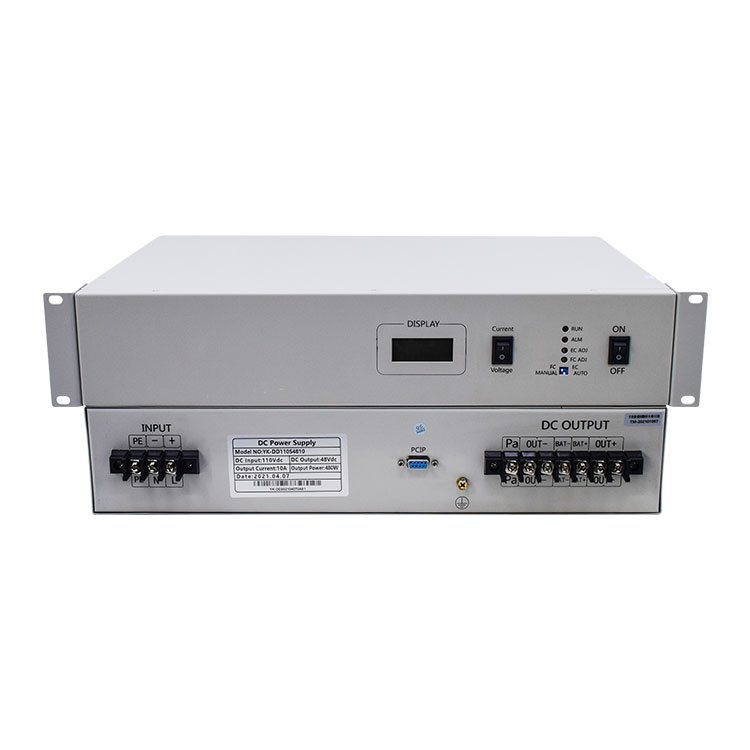
When selecting a power transformer, it's crucial to consider several factors to ensure the transformer meets your specific needs and application.
Size: The size of the transformer is an important factor to consider. Larger transformers can handle higher power loads, but they are also more expensive and require more space. Conversely, smaller transformers are more cost-effective and compact, but they may not be able to handle large power loads. Therefore, the size of the transformer should be chosen based on the power load it needs to handle
Power Rating: The power rating of a transformer is the maximum power it can handle. This is an important factor to consider, especially for applications that require high power loads. A transformer with a higher power rating can handle larger power loads, but it is also more expensive. Therefore, the power rating should be chosen based on the power load it needs to handle
Efficiency: The efficiency of a transformer is the ratio of the output power to the input power. More efficient transformers convert more of the input power into output power, which can lead to cost savings and reduced environmental impact. Therefore, the efficiency of a transformer should be considered when choosing a transformer
Sensitivity to Direct Current: The sensitivity of a transformer to direct current can significantly impact its performance. Transformers that are less sensitive to direct current can reduce noise levels and reactive power consumption, which can lead to cost savings and improved performance. Therefore, the sensitivity of a transformer to direct current should be considered when choosing a transformer
Type of Transformer: There are several types of transformers, including liquid-immersed and dry type. The type of transformer chosen should be based on the specific requirements of the application. For example, liquid-immersed transformers are typically used in industrial settings due to their high efficiency and low maintenance requirements. On the other hand, dry type transformers are often used in residential settings due to their lower cost and space requirements
In conclusion, choosing the right power transformer involves considering several factors, including the size, power rating, efficiency, sensitivity to direct current, and type of transformer. By carefully considering these factors, you can select a transformer that meets your specific needs and application.
Innovation in the Direct Current Power Transformer Industry
The direct current power transformer industry is witnessing significant innovation, particularly in the development of active compensation systems. These systems use controlled injection of DC counter ampere turns to compensate for DC magnetization, making the transformer insensitive to direct currents. This technology is particularly useful for transformers with low general levels of noise.
Active compensation systems are a response to the high magnetic conductivity of transformer cores, which can cause half-cycle saturation of the core due to very small direct currents in the electric power grid. This can lead to a considerable increase in noise levels, high reactive power consumption, and a significant rise in no-load loss. In the case of strong direct currents, the higher harmonic stray flux can cause additional losses in metallic parts that can harm the transformer.
The development of active compensation systems is a significant step forward in the industry. These systems use controlled injection of DC counter ampere turns to compensate for DC magnetization, making the transformer insensitive to direct currents. This technology is particularly useful for transformers with low general levels of noise.
The active compensation system is a sophisticated solution to accurately measure the DC magnetization and to feed direct current at low power. The complete equipment has been successfully tested on prototypes; the first field tests have just started.
This new method makes the transformer insensitive to direct currents. DC-flux offsets in the core caused by inrush currents and switching operations in the grid can also be compensated. This innovation is a significant step forward in the industry, and it is expected to have a significant impact on the performance and reliability of power transformers.
In conclusion, the direct current power transformer industry is witnessing significant innovation, particularly in the development of active compensation systems. These systems use controlled injection of DC counter ampere turns to compensate for DC magnetization, making the transformer insensitive to direct currents. This technology is particularly useful for transformers with low general levels of noise. The development of active compensation systems is a significant step forward in the industry, and it is expected to have a significant impact on the performance and reliability of power transformers.
Yucoo's Contribution to the Direct Current Power Transformer Industry
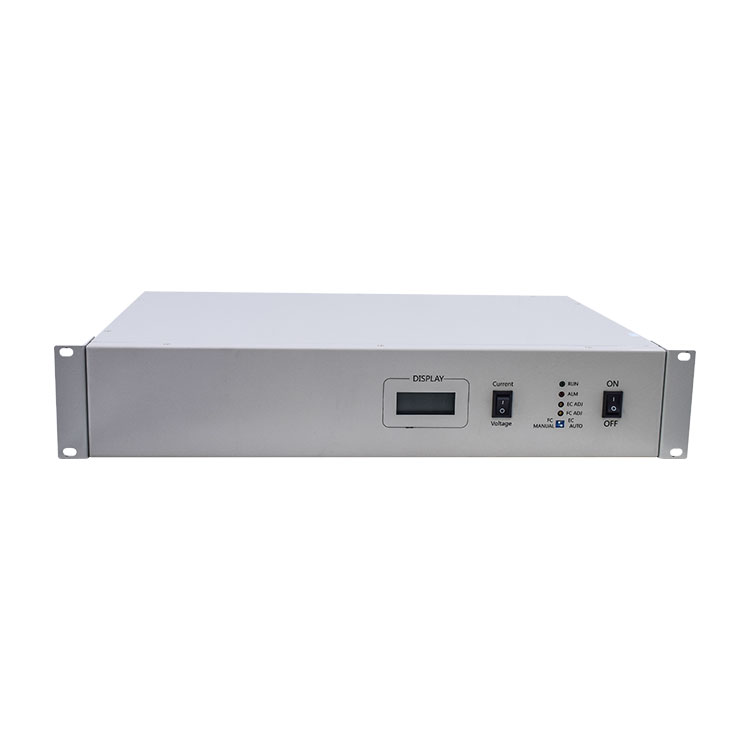
Yucoo, a renowned manufacturer of small DC power converters, has been at the forefront of the direct current power transformer industry's innovation. With over 20 years of experience and a strong commitment to quality and innovation, Yucoo's power transformers have become a popular choice among energy professionals.
Yucoo was established in 2000 with a mission to provide high-quality, reliable, and efficient small DC power converters. Since its inception, Yucoo has been committed to innovation and quality, consistently introducing new products and improving existing ones.
Yucoo's products are known for their compact size, high efficiency, and reliable operation. They offer a wide range of small DC power converters, including DC-DC converters, AC-DC converters, DC-AC inverters, and voltage regulators, catering to a wide range of applications.
In addition to their small DC power converters, Yucoo also offers robust and reliable inverters designed to withstand challenging conditions. These inverters are built for durability, resistance against moisture and corrosion, and compactness and efficiency, making them suitable for various sectors, including industrial, marine, and automotive.
Yucoo's focus on innovation is evident in its product line. The company invests heavily in research and development, continually seeking ways to increase the efficiency and reliability of its inverters. This commitment to innovation has resulted in products known for their superior performance and longevity.
Yucoo's products are designed with several key features in mind, including efficiency, size, protection features, operating temperature range, output power, and environmental rating. These features ensure that they offer reliable, efficient, and safe power conversion.
In conclusion, Yucoo's extensive experience, diverse product range, commitment to innovation, and focus on customer satisfaction have earned it a prominent position in the direct current power transformer industry. With its continued efforts, Yucoo is set to remain a leading player in this field.
